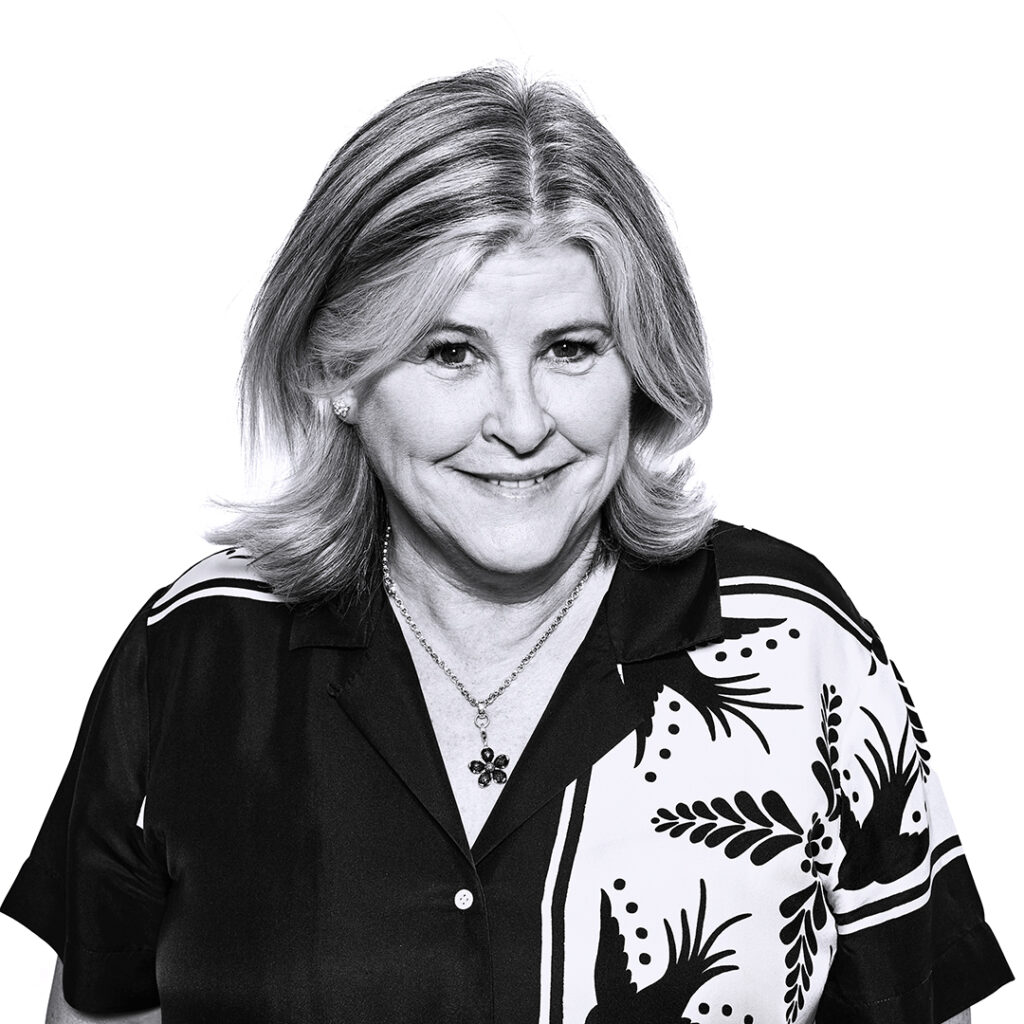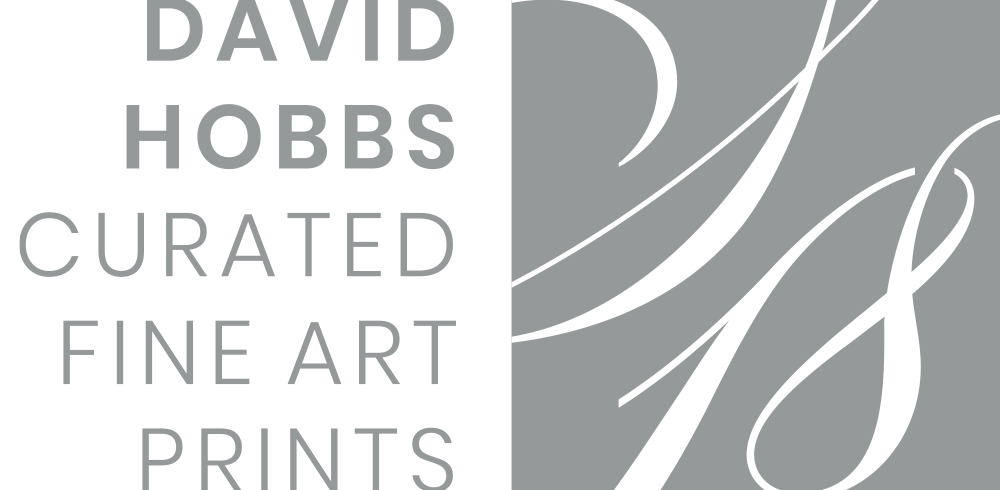Claudia Fitzpatrick
Artworks available
About Claudia Fitzpatrick

Claudia Fitzpatrick is a Hollywood veteran and award winning artist who has been creating art for movie advertising campaigns in Hollywood since 1985. She was one of the pioneering artists in the field of computer-generated art industry, which led to the ongoing development of today’s creative software programmes. With a career spanning several decades, Claudia has left an indelible mark on the entertainment industry, captivating audiences with her extraordinary artistic vision and unparalleled technical expertise.
Among her credits are such notable movie art campaigns as “Silence of the Lambs”, “Braveheart”, “Forest Gump”, “Phenomenon”, “Star Trek”, “Clueless” and many more Hollywood greats. She has won several “Hollywood Reporter Key Art Awards”, an “Art Director of Los Angeles Award” and has been nominated every year since she started creating art for these campaigns.
With a keen eye for composition and a meticulous attention to detail, Claudia quickly gained recognition for her ability to create striking and visually captivating movie posters. Over the years, Claudia has perfected her craft, refining her techniques and developing an extraordinary ability to seamlessly blend artistry with technical expertise. Her work spans a diverse range of genres, from film to photography, conceptual fine art to international advertising campaigns. Her exceptional talent for creative retouching has brought life to countless actors, transforming their images into iconic representations of their characters. Her ability to evoke emotion and tell a story through a single image has made her an indispensable asset to filmmakers and studios alike.
Beyond her Hollywood endeavours, Claudia’s artistic prowess extends into the realm of fine art. Her contribution to fine artists has been exhibited in prestigious galleries and museums around the globe. Most notably the Australian artist Tracey Moffatt’s 2017 Venice Biennale body of work, which now sits in the permanent collection at the Art Gallery of NSW. Tracey’s art is a fine example of a master retoucher’s ability in bringing images and narrative to life, using light, colour and technical expertise to refine the artistic vision of the artist, ensuring the quality of the final image can be printed in large scale for exhibition purposes.
Claudia is now creating her own masterpieces using original photography and the technique of blending multiple shots into one image, creating stories or visual landscapes which are essentially photographic paintings. “I work with light and colour in a very painterly way to create an expansive feeling within my images. In creating the story, my intention is to leave space for the viewer to engage and inquire as they travel inside the painting, exploring the story within their own imagination”.
How long have you been a photographic artist, and what was the journey you took to get to where you are today?
I graduated from art college in Dublin, Ireland with a Bachelor of Arts in design Communications where I studied photography as part of this course. Upon graduating, I left for Los Angeles having qualified for the 1984 Olympics in Diving. I stayed in Los Angeles where my career as an artist started in title animation for on air promos at NBC television, then as a freelance artist for shows such as Entertainment Tonight, the Academy Awards and many others. I was one of the first artists to use Quantel Video Paintbox, which was the very first computer graphics system developed for this type of work.
When the million dollar Graphic Paintbox became available shortly after the Video Paintbox in the late eighties, I switched to creating art for international movie campaigns. With only two companies operating this system, I was one of a small group of pioneering artist in the development of modern day computer graphics. The developers built systems around the requirements of our needs and our ongoing feedback. Although the Paintbox was very sophisticated for that time, it had very limited tools, nowhere near as developed as the tools available to users today. There were no layers, no cloning brushes, a fixed size frame store, and no one to teach us how to use it. Everything we learned was by invention, experimentation and by trial and error. Our studio clients expected perfection and we gave them as close to perfection as we could. As primitive as it seems now, some of the greatest campaigns in movie art history were created on this early system. It would seem to be a very primitive tool to the modern Photoshop user today.
The process at that time consisted of scanning original film into the computer, compositing the images, with the artist using painterly skills, lighting and colour work to create a finished piece of art from all the components. The grain structure from all the different film shots had to be matched up as was indoor and out lighting from a selection of different film stock and sizes. Any body parts of the actors that were missing in the shot had to be seamlessly created and extensions on the art also added on, as it often did not exist. It was a highly skilled job at that time in the industry. The art was output to nine track magnetic tape, then to 8×10 transparency film before being sent to the printer to be rescanned and plates made for the press run of the posters. The posters were usually printed on a Heidelberg offset printing press and printed double sided for greater colour saturation in backlit cinema light boxes and bus shelter displays.
Photoshop came along later in the industry and the studios and agencies gradually started to switch over to Adobe products, mainly for cost effective reasons. This was a game changer for art directors who could then start manipulating their own designs. I was hired by Paramount Pictures as an art director in one of the first art departments creating movie campaigns from concept to finish in house. This meant art could be created in house and no longer had to be sent out of the studios. Thankfully a lot of finished art was still sent to outside companies and specialised computer graphics artists were kept employed outside of the studios. When computers became more affordable to independent artist, the freelance industry was born.
After a 16 year career in Hollywood, I moved to Sydney Australia and worked mainly on advertising campaigns for Ad agencies.
In 2016 I started collaborating with fine artists, assisting them in creating their fine art exhibition pieces. Most notable was Tracy Moffat’s 2017 Venice Biennale exhibition. The success of her exhibition then led me to work as her full time retoucher for five years after that. My artistic and technical contribution consisted of retouching, colour and lighting work, finishing the art to exhibition large scale printing requirements.
I am now creating my own works using original photography, my painting and retouching skills, and a vast array of technical knowledge supporting my creative ideas. I produce large scale prints with fine art papers and archival inks.
As part of Select 18, could you speak to your relationship with the printed photographic image, and the collaborative process you undertake when printing with David at Master of Prints?
As I produce large scale prints using fine art papers and archival inks, I need the expertise of a highly skilled custom printer. The collaboration between the printer and artist is key to perfecting the end process of an art creation. It is time well spent setting up a high quality print process, one that can be replicated on demand for your ongoing print series. It means you can walk away with the confidence that every print will look the same.
David Hobbs, owner of Master of Prints in Adelaide, is one of the best custom printers I have come across in my career. His attention to detail and his exacting colour expertise creates a flawless print run for the artist. This is really important when you want to print multiple copies of your art and photography.
His knowledge of inks and papers is what makes him a master of prints. He can look at an image on screen and suggest the perfect paper to enhance the image, and that expertise is very dependant on having a complete knowledge and history of printing. His longtime experience as a printer of high end artworks and photographic images makes him the perfect person to engage with when choosing paper stock. There are very few places you can get an expert service such as this in any city these days. Needless to say, we are very lucky to have him here in Adelaide.
What do you see as the future of your photographic art, both within the Select 18 collective, and beyond?
I see my future as an exhibiting artist in the online exhibition space as well as a physical space. Both options are key for artists nowadays.
Select 18 collective is a considered and carefully curated group of artists and photographers. The group selected reflects an interesting and diverse collection of styles being presented to the viewer. It is a very seasoned and experienced group and I believe we all compliment each other in some way.
From an audience perspective, putting this group together gives a nice variety of styles to choose from and a seamless purchasing experience from the Select 18 website. The quality of the printing done exclusively by Master of Prints will ensure that all the artworks are consistently of the highest quality, giving confidence to the buyer. As there is also a rotation of selected pieces, I would see buyers coming back again to purchase new works either by the same photographer or someone else within the group.
